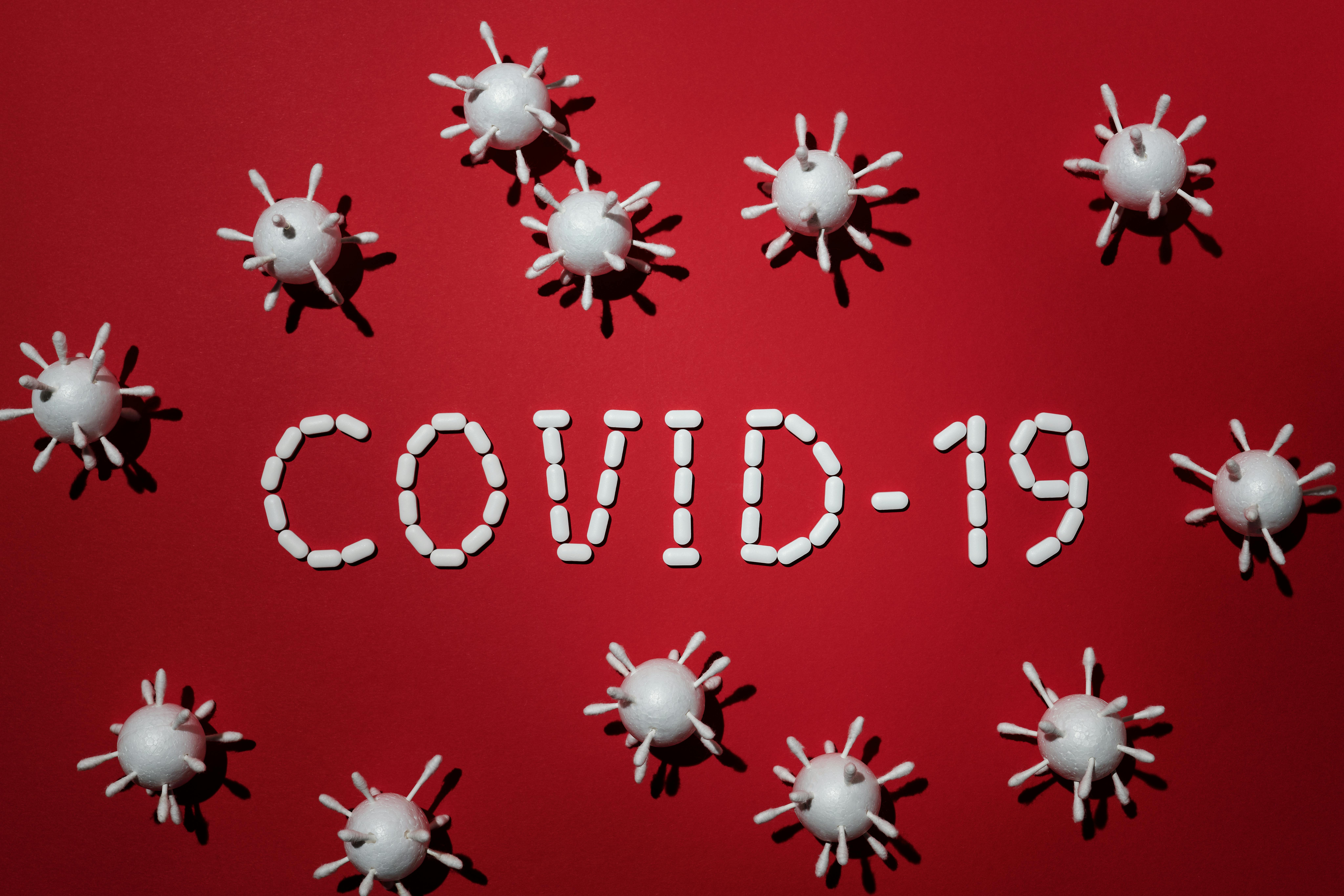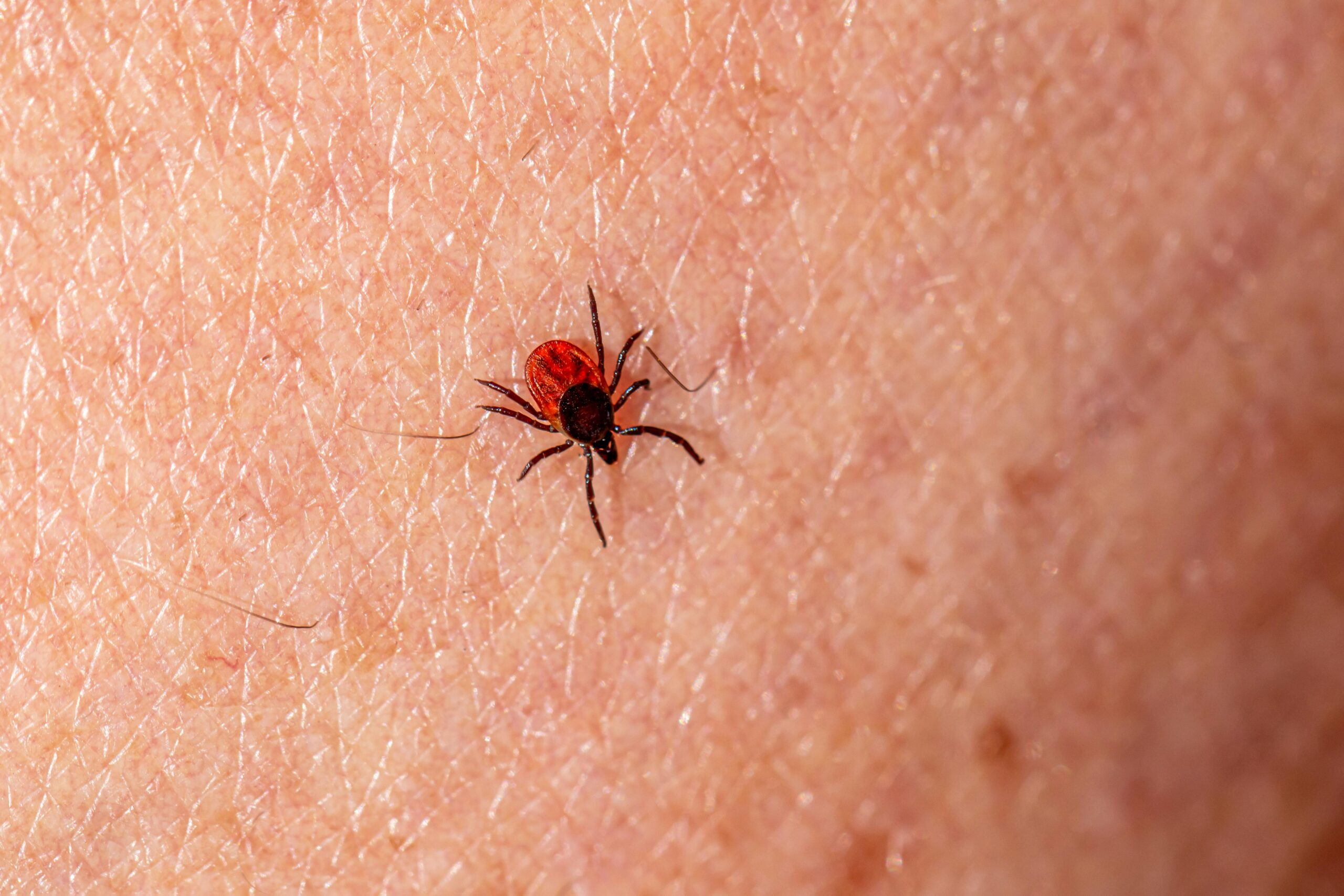“Build a better mousetrap, and the world will beat a path to your door” is a phrase attributed to the poet Ralph Waldo Emerson in the late nineteenth century. A new study reports that inhibiting a liver enzyme in obese mice decreases their appetite, increases expenditure of fat, and results in weight loss. If found to be applicable to humans, step away before you are trampled in the stampede rushing to give the procedure a try.
Scientists at the Texas Health Science Center at San Antonio (UT Health San Antonio) say discovering this new process could be important to the treatment of obesity. It could also be paramount in fighting diabetes and other metabolic disorders.
“We first needed to discover this mechanism and, now that we have, we can develop drugs to improve metabolic syndrome,” explains co-author Masahiro Morita, PhD, assistant professor of molecular medicine at UT Health San Antonio, in a statement.
In the United States, Type 2 diabetes, fatty liver disease, and related metabolic disorders are epidemic. According to the U.S. Centers for Disease Control and Prevention, more than 37 million Americans have diabetes. Greater than 90 percent of these cases are Type 2.
The prevalence of obesity in the U.S. is greater than 40 percent and growing. Obesity-related diseases include myocardial infarction (heart attack), stroke, Type 2 diabetes, and some cancers.
The liver enzyme, labeled ‘CNOT6L deadenylase’, inhibits messenger ribonucleic acids (mRNAs) that usually carry genetic instructions. The enzyme transports cell coding from the nucleus to sites within the cell which produce two specific liver proteins.
“We have an enzyme inhibitor that we want to make more specific to increase its effects,” said Sakie Katsumura, DDS, PhD, Morita’s colleague at the Sam and Ann Barshop Institute for Longevity and Aging Studies.
Growth differentiation factor 15 (GDF15), one of the proteins, sends signals to the hindbrain to control food intake. The other protein, fibroblast growth factor 21 (FGF21), sends signals to adipose tissues to escalate energy expenditure. CNOT6L deadenylase impedes mRNA coding for both proteins, interfering with their beneficial functions.
The CNOT6L inhibitor, labeled iD1, stabilized GDF15 and FGF21 mRNAs in obese mice, increasing blood levels of the two proteins. After 12 weeks, rodents treated with the inhibitor ate 30 percent less food, and reduced both body weight and liver fat by 30 percent. Energy expenditures in the adipose tissues increased by about 15 percent. Mice treated with iD1 also showed improved insulin sensitivity and decreased blood glucose levels.
“In the treatment of metabolic disease, targeting mRNA is a fairly novel concept,” notes Nicolas Musi, MD, director of the Sam and Ann Barshop Institute. “It is a new platform for thinking about how to treat this group of diseases.”
In homage to Emerson, “Build a better mouse trap” is a misquotation of his statement: “If a man has good corn or wood, or boards, or pigs, to sell, or can make better chairs or knives, crucibles, or church organs, than anybody else, you will find a broad hard-beaten road to his house, though it be in the woods.”
The study is published in the journal Cell Metabolism.












